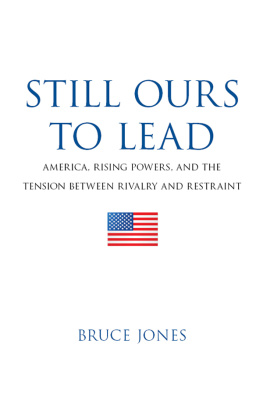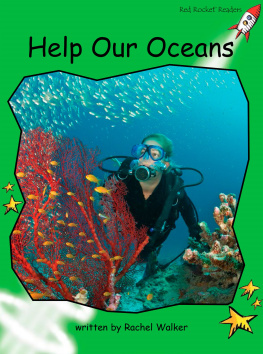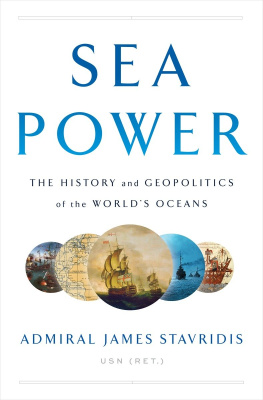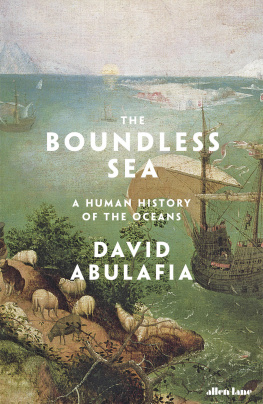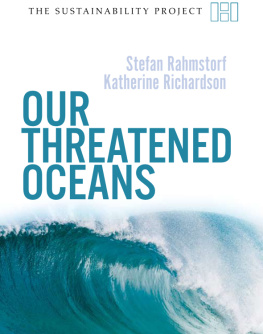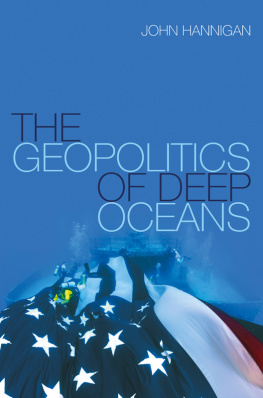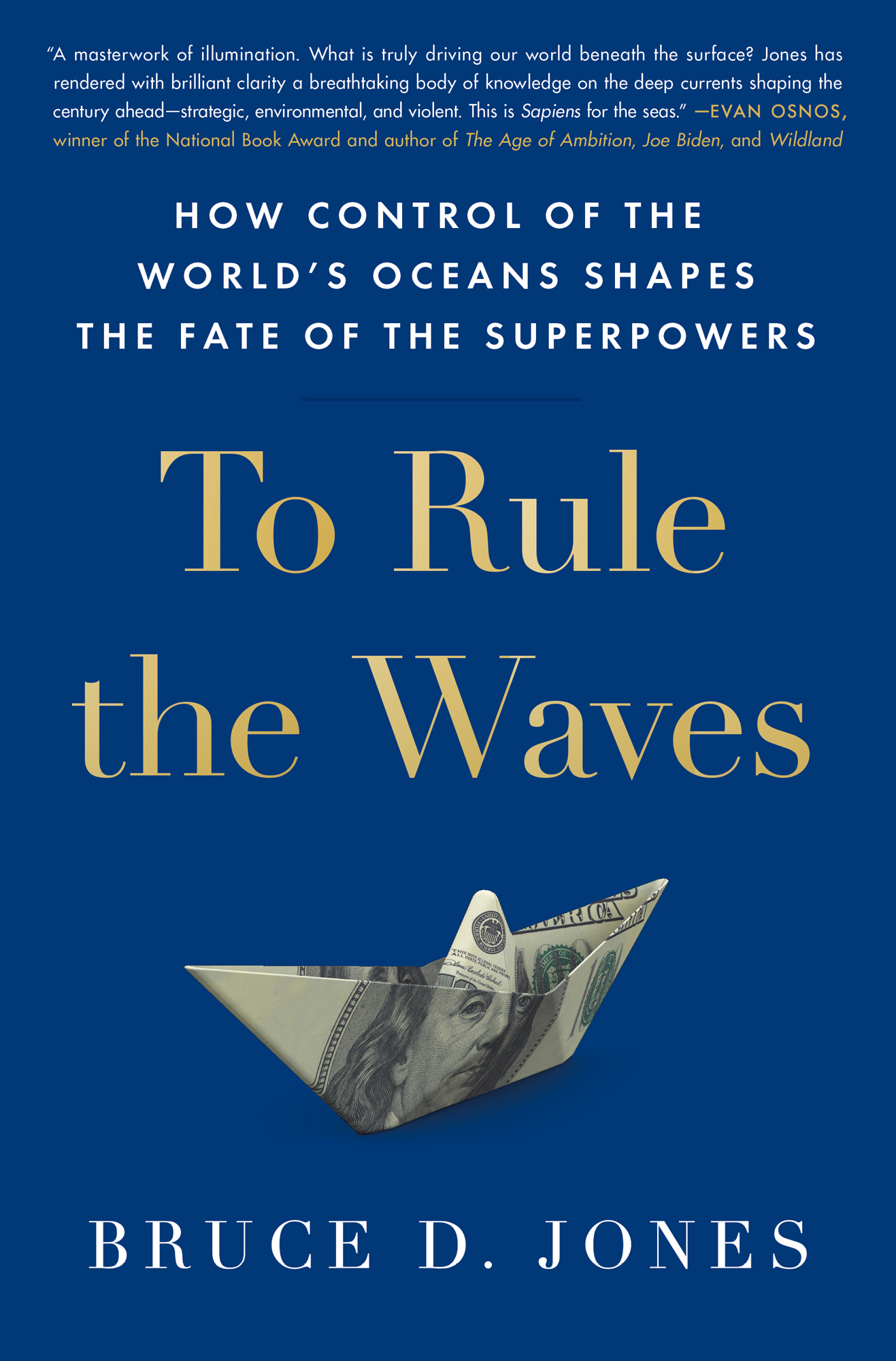Contents
Guide
A masterwork of illumination. What is truly driving our world beneath the surface? Jones has rendered with brilliant clarity a breathtaking body of knowledge on the deep currents shaping the century aheadstrategic, environmental, and violent. This is Sapiens for the seas.EVAN OSNOS, winner of the National Book Award and author of Age of Ambition, Joe Biden, and Wildland
How Control of the Worlds Oceans Shapes the Fate of the Superpowers
To Rule the Waves
Bruce D. Jones

Scribner
An Imprint of Simon & Schuster, Inc.
1230 Avenue of the Americas
New York, NY 10020
www.SimonandSchuster.com
Copyright 2021 by Bruce Jones
All rights reserved, including the right to reproduce this book or portions thereof in any form whatsoever. For information, address Scribner Subsidiary Rights Department, 1230 Avenue of the Americas, New York, NY 10020.
First Scribner hardcover edition September 2021
SCRIBNER and design are registered trademarks of The Gale Group, Inc., used under license by Simon & Schuster, Inc., the publisher of this work.
For information about special discounts for bulk purchases, please contact Simon & Schuster Special Sales at 1-866-506-1949 or .
The Simon & Schuster Speakers Bureau can bring authors to your live event. For more information or to book an event, contact the Simon & Schuster Speakers Bureau at 1-866-248-3049 or visit our website at www.simonspeakers.com.
Jacket design by Michael Nagin
Jacket artwork by Waldemarus/iStock/Getty Images
Library of Congress Cataloging-in-Publication Data
Names: Jones, Bruce D., author.
Title: To rule the waves : how control of the worlds oceans shapes the fate of the superpowers / Bruce D. Jones. Description: Hardcover edition. | New York : Scribner, 2021. | Includes bibliographical references and index. Identifiers: LCCN 2021023017 (print) | LCCN 2021023018 (ebook) | ISBN 9781982127251 (hardcover) | ISBN 9781982127275 (ebook) Subjects: LCSH: ShippingHistory. | Sea-powerHistory. | World politics. | Power (Social sciences) Classification: LCC HE571.B68 2021 (print) | LCC HE571 (ebook) | DDC 387.5dc23 LC record available at https://lccn.loc.gov/2021023017
LC ebook record available at https://lccn.loc.gov/2021023018
ISBN 978-1-9821-2725-1
ISBN 978-1-9821-2727-5 (ebook)
Photo Credits
Title page: Chris Peters, Brookings Institution; : courtesy of the author.
To the memory of Stanford and Beulah Jones
Prologue A Box in the Jungle
The heart of the Amazon is more than a thousand miles from the ocean. To get there, one must fly to Manaus, Brazil, in the very center of the rainforest. First established as a fort by Portuguese explorers in 1669, the outpost was of little account for its first century and a half until the industrial revolution created a demand for a plant brought back from the Amazonrubber. Bendable, shapable, useful for thousands of purposes, rubber became an essential component in industrialization, and at the time could not be sourced anywhere but from the Amazon. In the race for profit that followed, German, Portuguese, and American businessmen vied for access to the Amazonian rubber tree, and Manaus become a hub of imperial commerce. The fossils of that period adorn the city to this dayfrom a seven-story mansion in the style of a Bavarian Schloss, a market building built as a replica of Pariss Les Halles, and the Teatro Amazonas, to a pink and white opera house topped by a dome covered with thirty-three thousand ceramic tiles painted the yellow, green, and blue of the Brazilian flagone of the more surprising marvels of the late imperial age. Its a gritty town of wilderness and industry and eccentricity surrounded in every direction by over 1,500 miles of rainforest.
The vastness of the rainforest is broken only by the Amazon River, which courses along the banks of Manaus, three miles wide and seven hundred feet deepneither the widest nor the deepest stretch of the Amazon, but still moving an astonishing volume of water. Manaus also borders another river, the Rio Negro, or Black River, which runs 1,400 miles southwest from the highlands of Colombia, emptying into the Amazon. Its name comes from the color of the water, a kind of translucent chocolate black, like someone had poured the worlds supply of Coca-Cola into a riverbed. Where the two rivers meet and start to flow together at Manaus, a strange natural phenomenon occurs. For the space of three and a half miles, the two rivers flow through the same wide channel, but their waters do not mingle: they flow alongside each other, one chalky and the color of sand, the other thin and darktwo parallel streams of water surging, touching, occasional eddies swirling together, but not merging. This is caused by the radically different densities of the two bodies of water, the one full of vegetable residue accumulated as it runs through the upper stretches of the rainforest, the other scraped clean of anything other than minerals by its long descent down the mountains. In Manaus it is known as the Meeting of the Waters, though that hardly captures the wondrous oddity of the sight.
One may take a riverboat out to see the Meeting of the Waters, and the aquatic life it attracts. Of particular appeal is a subspecies of pink dolphins unique to the Amazon. They concentrate at the confluence of the two rivers, where the separate streams mingle and churn up an abundance of fish on which to feed. The giant Amazonian piraruc, or arapaima, is a staple of the dolphins diet, and of the cuisine found in the restaurants of Manaus.
There, amid the whimsy of the remote city and splendor of the rainforest, I saw a familiar but wholly unexpected sight: a stack of sky-blue metal containers, neatly piled on a small container ship steaming its way upriver against the strong current. The boxes were instantly recognizable by their color and logoa seven-pointed star painted white against the sky-blue backdropthe symbol of Maersk, a shipping giant headquartered in Copenhagen, Denmark, a distance from Manaus of six thousand miles as the crow flies.
That Maersk had a wide global reach did not surprise me, but to find some of its containers on the deck of a transport ship 1,500 miles up the Amazon was eye-opening. If there was ever a visible symbol of the total worldwide penetration of modern globalization, this was surely it. And the sight established for me something I had understood intellectually but not viscerally: that it is sea-based trade that is the primary driver of modern globalization. There in the heart of the rainforest was the evidence.
Shipping containers are now a ubiquitous feature of the modern world. Once you start looking for them, you cant stop seeing them. Drive down the highways and byways of the United States or Europe and you notice these containers everywhere. The 18-wheeler is a storied part of the American history of continental trucking; but its been displaced by the prime movera flatbed truck onto which is latched one of these shipping containers. Containers have also remade rail: watch a train transport at a road crossing and you are bound to see the Maersk logo on container boxes stacked two high on these freight trains, alongside containers from Taiwan, Korea, South Africa, Germany, and many points beyond. Theres a secondary market for containers for housing and industrial design. You can even buy used containers on Amazon. But at the core, they are an instrument of global tradethe most visible, but as it turns out far from the only, manifestation of the way bulk shipping has transformed the world economyand is starting to transform world politics.


